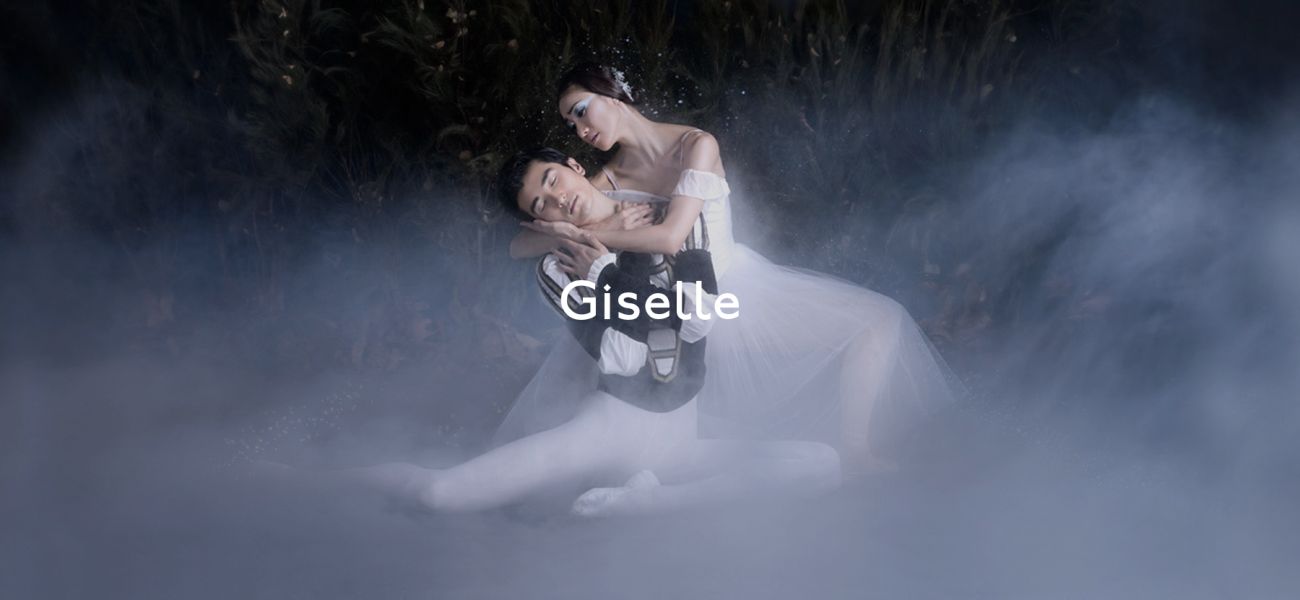From The Music Director —
In most story ballets, the drama is also told through the expressiveness of the music.
Music creates emotions that we feel and recognise and which relate to the drama on stage. When great choreography and great compositions come together, the visual and aural expressiveness complement and enhance each other. The emotional subtext of Giselle is undoubtedly intensified by Adam’s eloquent music.
Adam clearly states the musical motif for each featured character with their first entrance on stage. For instance, the entrance of the Prince is very heroic music in 4/4 time, played by the full orchestra in the bright key of C major. In contrast, the entrance of Giselle is in 6/8 time in the key of G major. The Prince’s motif creates a very dramatic feel, whereas for Giselle, it is light and playful.
To accommodate the size of the pit at the Playhouse, the music has been arranged for a smaller chamber orchestra. The notes, harmonies and rhythms are as Adam wrote them but some of the orchestration is slightly different. Being a 19th century Romantic score, the basic foundation of the orchestra is the sound of the strings. The woodwind are used more for melodic lines and the brass and percussion for bigger dramatic moments.
ANDREW MOGRELIA
